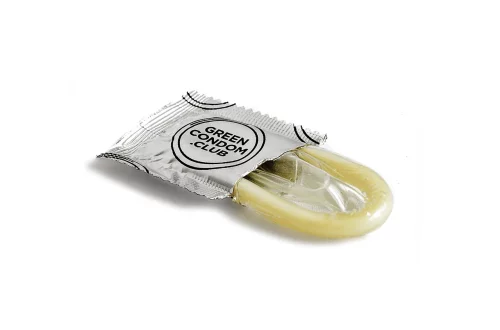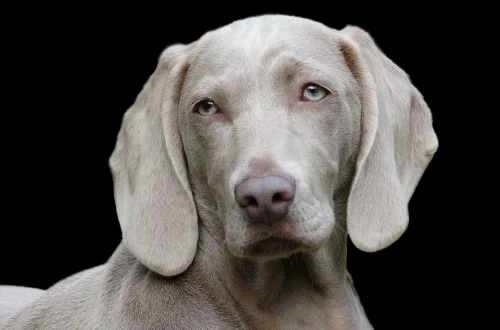
Understanding Innie and Outie Vulvas: A Comprehensive Guide
Understanding the complexity of human anatomy can often lead to confusion, particularly when it comes to the vulva. The vulva, as the external part of the female genitalia, varies significantly from person to person. One of the most fascinating aspects of this variation is the difference between innie and outie vulvas. These terms, while seemingly simplistic, represent a broader spectrum of anatomical diversity that goes beyond just appearance.
Innie vulvas typically refer to those where the labia minora are tucked within the labia majora, creating a more enclosed appearance. On the other hand, outie vulvas feature labia minora that protrude beyond the labia majora, giving a more outward appearance. Understanding these differences is important, not only for self-acceptance but also for informed sexual health and education.
This subject also opens the door to discussions about body positivity, self-image, and the societal standards that often influence how we perceive our own bodies. By exploring the characteristics of innie and outie vulvas, we can foster a greater appreciation for the diversity of female anatomy and empower individuals to embrace their unique bodies.
The Anatomy of the Vulva: A Closer Look
To fully grasp the distinctions between innie and outie vulvas, it is essential to start with a foundational understanding of the vulva’s anatomy. The vulva comprises several structures, including the labia majora, labia minora, clitoris, urethral opening, and vaginal opening. Each of these components plays a role in both the reproductive and sexual health of an individual.
The labia majora are the outer lips of the vulva, typically fleshy and covered with pubic hair after puberty. They serve as a protective barrier for the inner structures. The labia minora, or the inner lips, are located within the labia majora and can vary significantly in size, shape, and color. This is where the differences between innie and outie vulvas become most apparent.
Innie vulvas may have labia minora that are shorter or blend seamlessly with the labia majora, creating a tucked-in appearance. This configuration can sometimes lead to perceptions of being “neat” or “compact.” Conversely, outie vulvas feature labia minora that extend beyond the labia majora, which can be perceived as more prominent or “open.” Both configurations are entirely normal and reflect the natural variability of human anatomy.
Furthermore, it is crucial to acknowledge that there is no “correct” or “ideal” vulva. Each person’s anatomy is unique, and variations are influenced by genetics, hormonal factors, and individual development. Understanding this diversity can help combat negative body image and promote a more inclusive perspective on female anatomy.
Body Positivity and Self-Acceptance
The conversation surrounding innie and outie vulvas is deeply intertwined with the broader themes of body positivity and self-acceptance. In a world where societal standards often dictate what is considered “normal” or “desirable,” individuals may find themselves struggling with their self-image, particularly regarding their bodies.
Body positivity encourages individuals to embrace their unique forms without the constraints of societal expectations. It promotes the idea that all bodies are worthy of love and respect, regardless of how they look. This movement is particularly significant when discussing the vulva, as many may feel pressured to conform to a specific aesthetic.
By normalizing the diversity of vulvas, we can foster an environment where individuals feel free to express themselves without shame. This self-acceptance is crucial for mental health, as negative body image can lead to issues such as anxiety, depression, or low self-esteem. Understanding that innie and outie configurations are both normal can empower individuals to appreciate their bodies for what they are rather than how they compare to others.
Encouraging open conversations about vulvar diversity can also help dismantle the stigma surrounding female anatomy. When we talk about these differences openly, we create a space where individuals can seek information, share experiences, and support one another in their journeys toward self-acceptance.
Health Implications and Care
Understanding the variations in vulvar anatomy also has important implications for health and wellness. While the differences between innie and outie vulvas are primarily aesthetic, they can influence aspects of sexual health and hygiene. For instance, individuals with outie vulvas may need to consider their personal hygiene practices differently, as the exposed labia minora can be more susceptible to irritation or infection.
Regardless of the type of vulva, proper care is essential for maintaining vaginal health. This includes regular cleaning with mild soap and water, wearing breathable clothing, and being mindful of any changes that may occur. It’s also important to be aware of one’s body and to consult a healthcare professional if any unusual symptoms arise, such as discomfort, unusual discharge, or changes in appearance.
Moreover, understanding one’s anatomy can enhance sexual experiences. Being aware of what feels good and what is normal for one’s body can lead to better sexual health and pleasure. It can also facilitate better communication with partners, fostering a healthier sexual relationship.
While the differences in vulvar anatomy may seem trivial in the grand scheme of health, they play a role in one’s self-awareness and comfort with their body. Knowledge is empowering; when individuals understand their anatomy, they can take charge of their health and advocate for themselves in medical settings.
Conclusion: Embracing Individuality
In conclusion, the distinctions between innie and outie vulvas highlight the incredible diversity of female anatomy. Each configuration is beautiful and normal, deserving of appreciation and respect. Understanding these differences fosters a culture of acceptance and empowers individuals to embrace their bodies.
As we navigate the complexities of body image, self-acceptance, and health, it is important to remember that every person’s experience is unique. Encouraging open discussions about vulvar diversity can help dismantle societal pressures and promote a more inclusive understanding of female anatomy.
Ultimately, the journey toward self-acceptance and body positivity is a personal one, but it can be made easier through knowledge, community support, and a commitment to embracing individuality. By celebrating the differences among us, we can create a more accepting world that values all bodies for their uniqueness.
**Disclaimer**: This article is for informational purposes only and does not constitute medical advice. Consult a healthcare professional for any medical concerns or questions related to your health.




